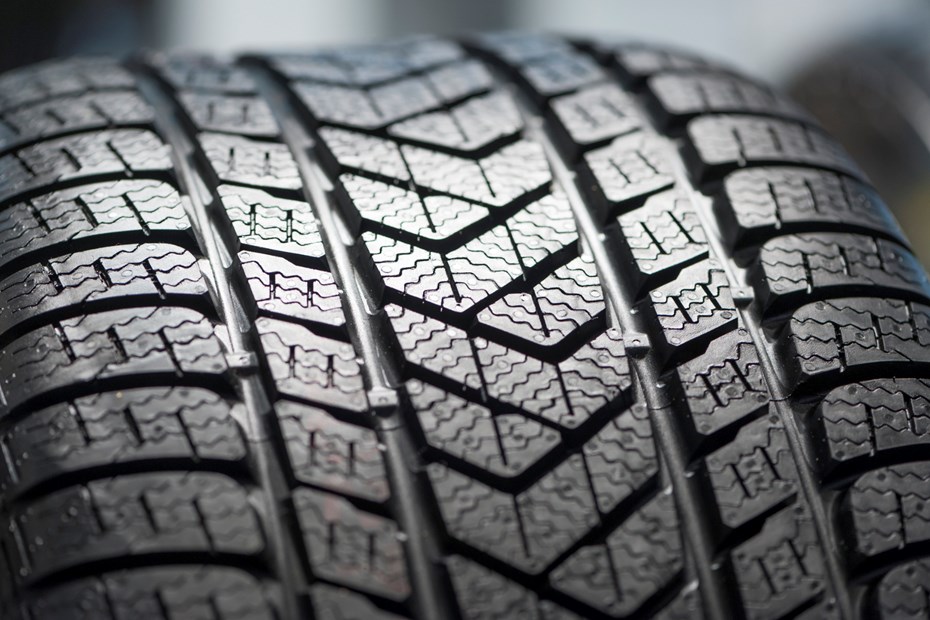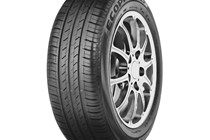In the endless pursuit of car efficiency, tyres play an important role. As we advise in our guide to improving fuel economy, having your tyres inflated to the correct pressure makes a significant difference to car fuel consumption.
But with tyres, it goes further than that. As tyre design has evolved, new methods and technologies have been developed to maintain their grip while also lasting longer and reducing rolling resistance, the latter contributing heavily to a car’s fuel consumption and CO2 emissions.
The best summer tyres tested | The best all-season tyres tested | The best winter tyres tested
What makes a tyre eco?
The design and structure of a tyre affect its rolling resistance. A tyre that aims to reduce rolling resistance will incorporate silica into the compound of the tyre, which reduces friction and heat and therefore rolling resistance. Silica compounds also make a tyre lighter and stronger, thus aiding economy and durability.
A tyre with a clever silica compound can then have a tread pattern that helps balance the gains in efficiency with grip.
There is no specific threshold for eco tyres, but a tyre model that rates highly in fuel economy or durability will likely get an eco label of some sort from its manufacturer.
Sourcing and manufacturing processes are also an important aspect of eco tyres, as they are with sustainable clothing and the like. Some brands are taking this more seriously than others. For example, Continental and Hankook have received awards for their sustainability and supply chain efforts. Continental is also making strides in recovering material from worn tyres through a process called called pyrolysis.
EU tyre label
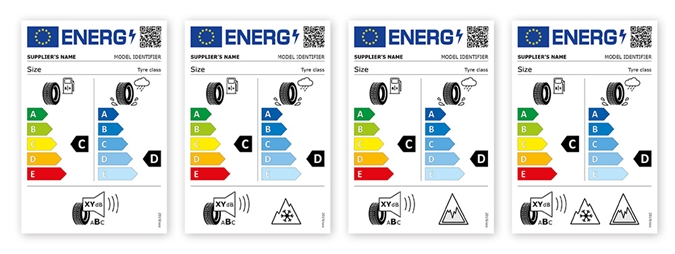
When looking for your next set of tyres, the EU tyre label should be your first point of reference and comparison. Updated in 2021, this label gives every single tyre on the European market a rating on fuel efficiency, wet braking, noise, and suitability for winter or extreme cold.
The best eco tyre offerings
We’ve rounded up the best eco-angled options from the tyre world below in alphabetical order.
Bridgestone aims to increase the portion of renewable and recyclable material used to 40% by 2030 and 100% by 2050.
| <strong>Fuel efficiency</strong> | A-D |
| <strong>Wet grip</strong> | A-C |
| <strong>Sizes available</strong> | 14-17 inches |
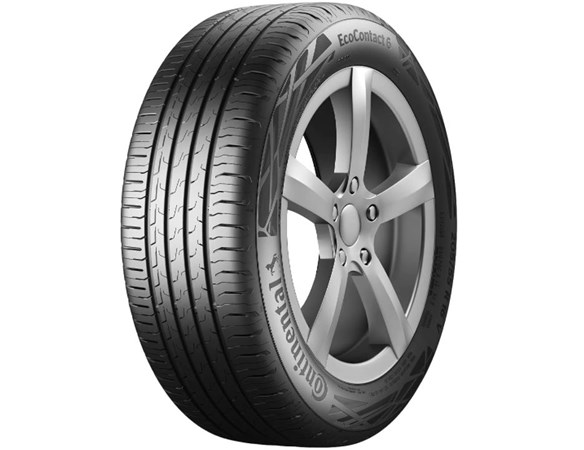

Continental aims to achieve full carbon neutrality, a completely circular life of its products, and a 100% responsible supply chain by 2050. It has been awarded by the Carbon Disclosure Project on more than one occasion for its efforts towards improving its supply chain.
| <strong>Fuel efficiency </strong> | A-C |
| <strong>Wet grip</strong> | A-B |
| <strong>Sizes available</strong> | 13-22 inches |
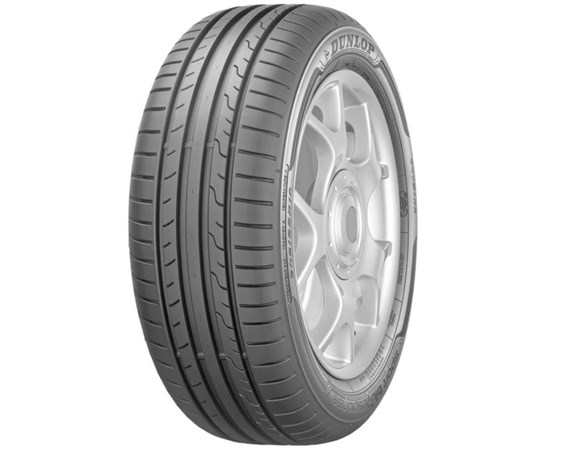

Goodyear (owner of Dunlop) aims to not use any petroleum-based oils by 2040 and established a zero waste to landfill expectation in 2006.
| <strong>Fuel efficiency</strong> | A-C |
| <strong>Wet grip</strong> | A-C |
| <strong>Sizes available</strong> | 14-17 inches |
ENSO
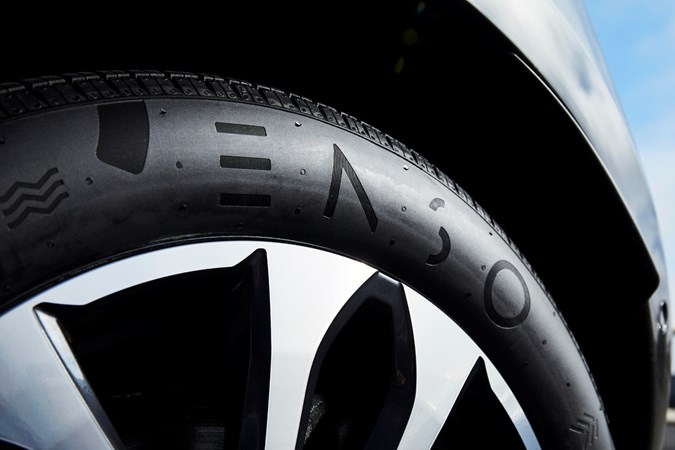
ENSO is developing tyres specifically for electric vehicles, which are heavier and have more torque than petrol or diesel vehicles. ENSO is also the first tyre company to be awarded B-Corp certification for its sustainability efforts.
This new tyre company is backed by a range of investors including the UK Government and is working with carmakers, Royal Mail, and DPD to test its EV-specific tyres.
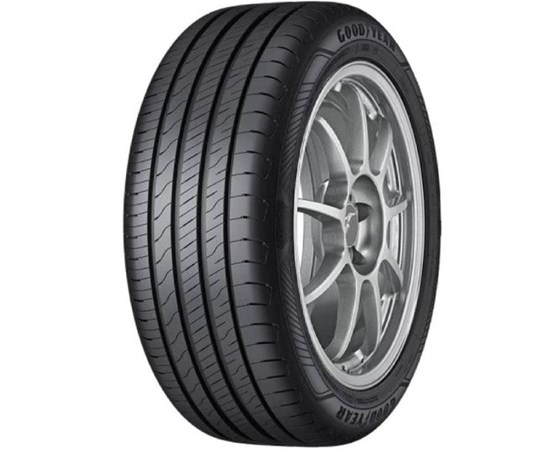

Goodyear aims to not use any petroleum-based oils by 2040 and established a zero waste to landfill expectation in 2006.
| <strong>Fuel efficiency </strong> | A-C |
| <strong>Wet grip </strong> | A-B |
| <strong>Sizes available</strong> | 15-20 inches |
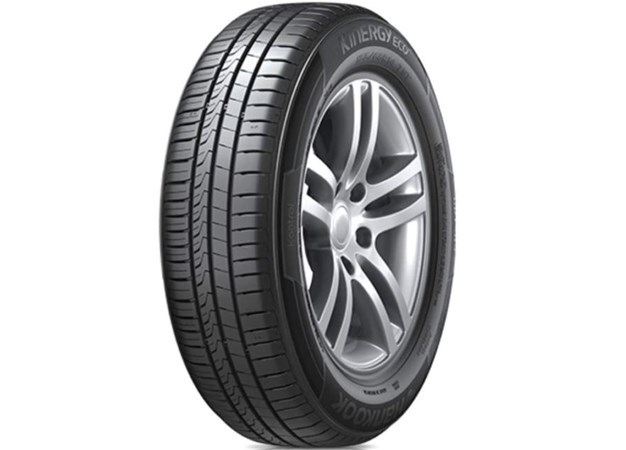

In March 2022 Hankook was awarded S&P Global Gold Class for its sustainability efforts. These awards are based on the S&P Dow Jones World Sustainability Index.
| <strong>Fuel efficiency</strong> | A-D |
| <strong>Wet grip</strong> | A-C |
| <strong>Sizes available</strong> | 13-17 inches |
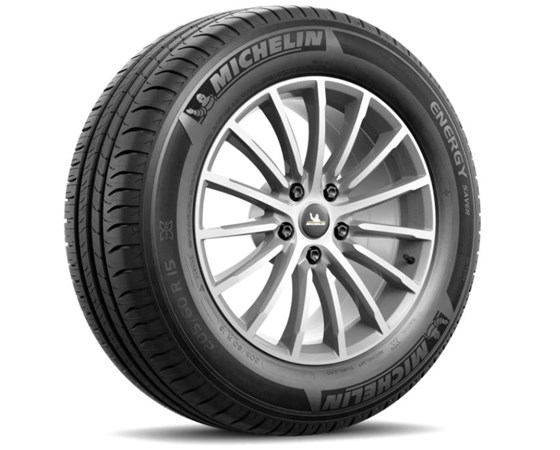

By 2030, Michelin has committed to incorporating 40% sustainable materials, halving its industrial sites’ CO2 emissions. It has been stated that both will increase to 100% by 2050.
| <strong>Fuel efficiency</strong> | A-C |
| <strong>Wet grip</strong> | A-B |
| <strong>Sizes available</strong> | 14-16 inches |
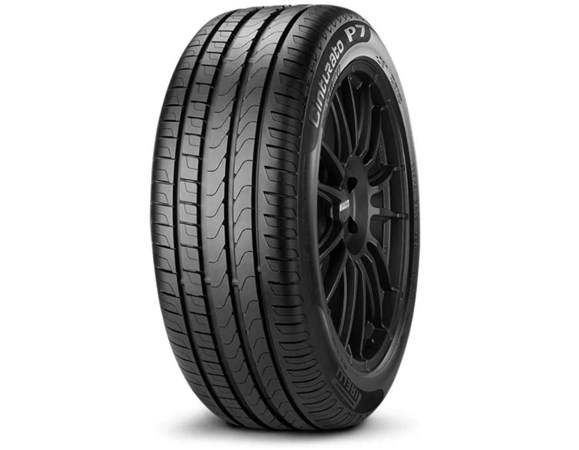

Pirelli aims for its manufacturing to be carbon neutral by 2030, with the use of fossil-based materials falling to under 30% by the same date, and the use of renewable materials increasing to more than 60%.
| <strong>Fuel efficiency</strong> | A-C |
| <strong>Wet grip </strong> | A-B |
| <strong>Sizes available</strong> | 16-19 inches |
How is the tyre industry improving itself?
In 2005 a collection of tyre companies began the Tire Industry Project (TIP), which researches and aims to improve the sustainability of tyres throughout the cycle, from sustainable rubber sourcing to road wear particles to end of life management.
Current members are Bridgestone, Continental, Goodyear, Hankook, Kumho Tire, Michelin, Pirelli, Sumitomo Rubber, Toyo Tires, and Yokohama Rubber.
In 2018, TIP and others launched the Global Platform for Sustainable Natural Rubber (GPSNR). This platform is about making the rubber industry socially, environmentally, and economically sustainable. Members include, among others, much of the tyre industry, the World Wildlife Fund for Nature, Rainforest Alliance, and some carmakers.
The idea with the GPSNR is for members to publish and collectively improve their relevant policies.
Sign up to the Parkers Newsletter to keep up to date with more of the latest reviews, news, and recommendations from the Parkers team.
Just so you know, whilst we may receive a commission or other compensation from the links on this page, we never allow this to influence product selections – read why you should trust us.



